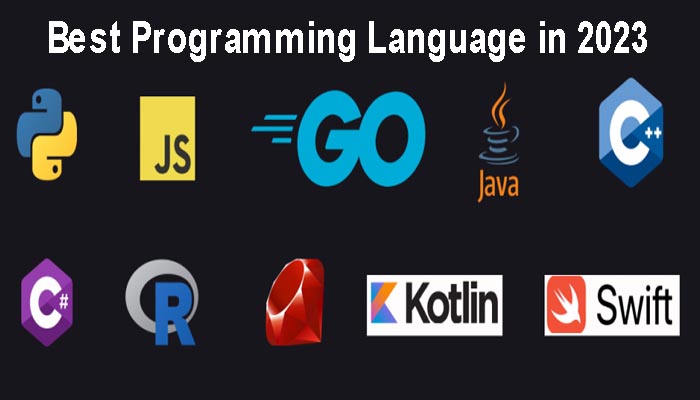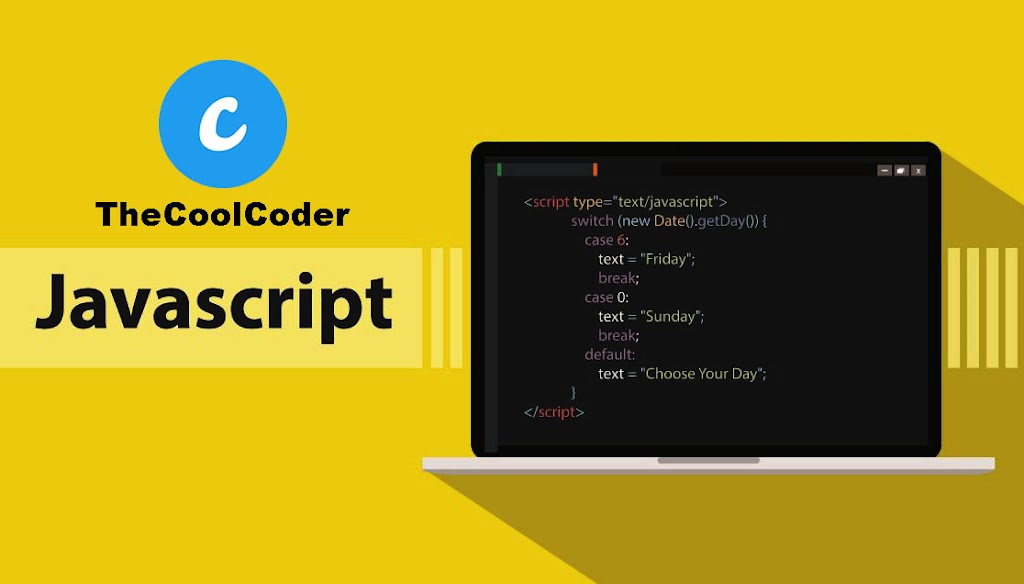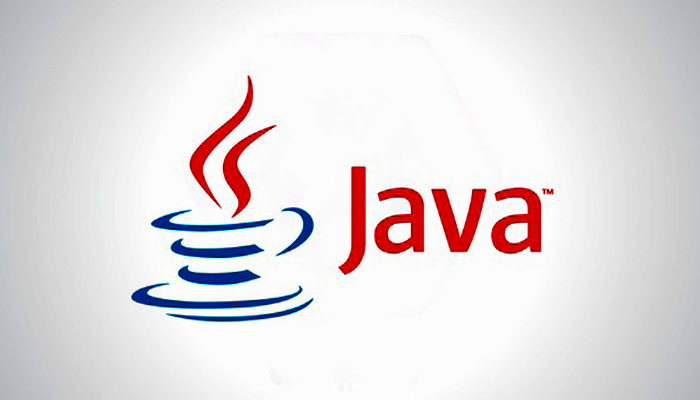Best Programming Language in 2023:- In the ever-evolving world of technology, programming languages play a crucial role in software development, web applications, data analysis, and more. As we step into 2023, it’s essential to understand the landscape of programming languages and identify the best options for various use cases. This article will explore the top programming languages in 2023, considering their popularity, versatility, community support, and future prospects.

Importance of Programming Languages
Programming languages act as the foundation for building software applications and enable developers to write instructions that computers can understand. They provide the necessary tools and syntax to create everything from simple scripts to complex systems. Choosing the right programming language is vital, as it affects the efficiency, maintainability, and scalability of a project.
When making a decision about which programming language to choose, it is crucial to take various factors into account.
When selecting a programming language, several factors come into play. These include the purpose of the project, the target platform, the community support, available libraries and frameworks, the learning curve, and performance requirements. By carefully considering these aspects, developers can make informed decisions that align with their project goals.
Top Programming Languages in 2023
-
Python

Python, known for its simplicity and readability, has gained immense popularity in recent years. It offers a vast array of libraries and frameworks, making it suitable for web development, data analysis, artificial intelligence, and automation. Python’s versatility and extensive community support make it an excellent choice for beginners and experienced developers alike. Buy Now App Logo Laptop Sticker
-
JavaScript

JavaScript is the language of the web, enabling dynamic and interactive web pages. It powers front-end development, server-side scripting, and even mobile app development through frameworks like React Native and Ionic. JavaScript’s widespread usage and continuous evolution ensure its relevance in 2023 and beyond.
-
Java

Java remains one of the most widely used programming languages due to its platform independence and robustness. It is extensively used for building enterprise-level applications, Android app development, and large-scale systems. Java’s maturity and strong ecosystem make it a reliable choice for many developers.
-
C#
C# (C Sharp) stands out as a robust programming language meticulously crafted by Microsoft. It is primarily used for Windows desktop applications, game development with Unity, and building scalable web services with .NET Core. With Microsoft’s continued support and growing community, C# maintains its prominence in 2023.
-
Go
Go, also known as Golang, has gained traction for its simplicity and performance. Created by Google, it offers built-in support for concurrency and efficient memory management. Go is ideal for systems programming, networking, and developing scalable web services.
-
Rust
Rust emerges as a contemporary systems programming language that places a strong emphasis on ensuring safety, achieving optimal performance, and effectively handling concurrent operations. It provides memory safety guarantees without sacrificing performance. Rust’s unique features make it suitable for low-level programming, embedded systems, and building secure software.
-
Swift
Swift is the programming language used for developing applications for Apple platforms, including iOS, macOS, watchOS, and tvOS. It offers a clean syntax, strong typing, and extensive support from Apple. Swift’s popularity continues to rise, making it a top choice for iOS app development.
-
Kotlin
Kotlin, a statically-typed programming language, is the preferred choice for Android app development. It offers seamless interoperability with Java, enhanced productivity, and modern language features. Kotlin’s adoption has been on the rise, indicating a bright future ahead.
-
TypeScript
TypeScript, a superset of JavaScript, brings type safety and improved tooling to JavaScript development. It is widely used in front-end web development, especially with frameworks like Angular and React. TypeScript’s ability to catch errors early and provide better developer experiences has contributed to its popularity.
-
Ruby
Ruby stands as a dynamic, object-oriented programming language renowned for its straightforwardness and ease of comprehension. It has a strong focus on developer happiness and follows the principle of “Convention over Configuration.” Ruby’s elegant syntax and extensive frameworks, like Ruby on Rails, make it a solid choice for web development.
-
PHP
PHP, a server-side scripting language, powers a significant portion of the web. It excels in web development, content management systems (CMS), and e-commerce platforms. PHP’s large community and vast ecosystem ensure its relevance in 2023.
-
C++
C++ is a versatile programming language used for building high-performance systems, game development, and low-level programming. It provides extensive control over hardware resources and is widely used in areas like robotics, embedded systems, and scientific computing.
-
Scala
Scala, a hybrid functional and object-oriented programming language, runs on the Java Virtual Machine (JVM). It combines the best of both worlds, making it suitable for building scalable applications and handling big data. Scala’s compatibility with existing Java codebases adds to its appeal.
-
R
R is a statistical programming language widely used for data analysis, machine learning, and statistical modeling. It offers a rich set of libraries and tools for statistical computing and data visualization. R’s dominance in the data science field remains strong in 2023.
-
MATLAB
MATLAB is a programming language specifically designed for numerical computing and scientific research. It excels in areas such as signal processing, image and video processing, and computational mathematics. MATLAB’s extensive library ecosystem and interactive development environment make it a preferred choice for researchers and engineers.
Conclusion
As we step into 2023, the world of programming languages continues to evolve. Python, JavaScript, Java, and C# maintain their prominence, while languages like Go, Rust, Swift, Kotlin, and TypeScript gain traction. Choosing the best programming language depends on the project’s requirements, target platform, and developer preferences. By staying informed about the latest trends and considering the factors discussed in this article, developers can make informed decisions and thrive in the dynamic landscape of programming languages.
FAQs
Q: Which programming language is best for beginners?
A: For beginners, Python is often recommended due to its simple syntax, readability, and extensive community support. It provides an easy entry point into programming and is widely used in various domains.
Q: What programming language is widely used for web development?
A: JavaScript is the most widely used programming language for web development. It is essential for front-end development and is also used for server-side scripting with the help of frameworks like Node.js.
Q: Which programming language is popular for data science?
A: Python is widely used in the field of data science due to its extensive libraries for data manipulation, analysis, and machine learning. R is also popular among statisticians and researchers for statistical analysis and modeling.
Q: Is it worth learning multiple programming languages?
A: Yes, learning multiple programming languages can be beneficial. Each language has its strengths and weaknesses, and learning different languages allows you to tackle a broader range of projects and expand your problem-solving skills.
Q: How can I choose the right programming language for my project?
A: When choosing a programming language, consider factors such as the project’s requirements, target platform, community support, available libraries, and familiarity with the language. It’s also helpful to seek advice from experienced developers and conduct research on industry trends.